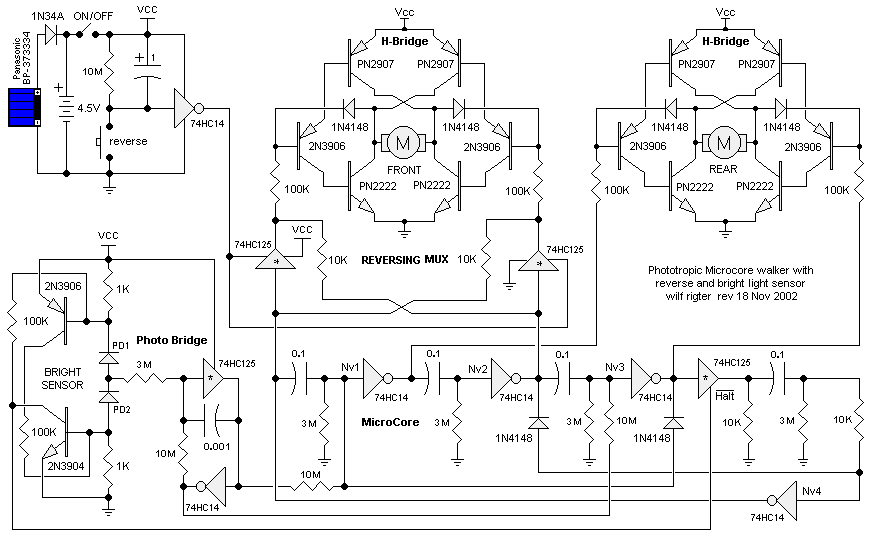http://www.eodevices.com/main_erc_2kit_frameset.htm
Electro-Optical devices sells kits and spare parts to build a real, far-ranged LIDAR ranger, such as: nanosecond timer, transmitter module (high voltage laser power supply included on-board), receiver module (APD photodiode, PIN photodiode), controller, laser diodes (power 10W - 75W).
The price of the cheapest kit ERC2-KIT is $ 429 , but you can get even cheaper if you buy just the modules and assemble it yourself.
The boards are really small and are thus ideally suited to fit an UAV plane which includes a rotating mirror system and a capable memory onboard.
Maybe there are some restricting laws about the power of the laser? Anyone knows?


